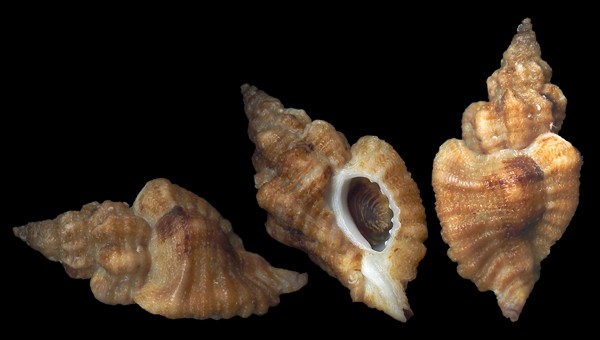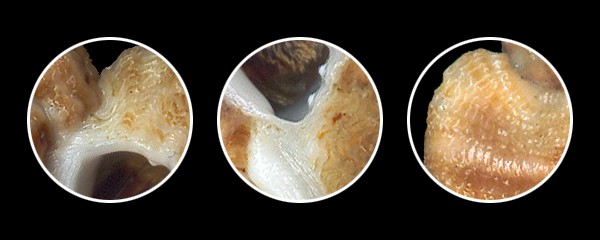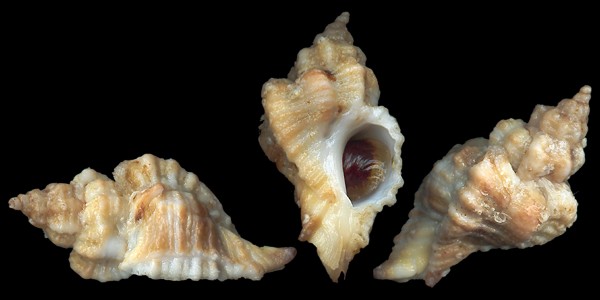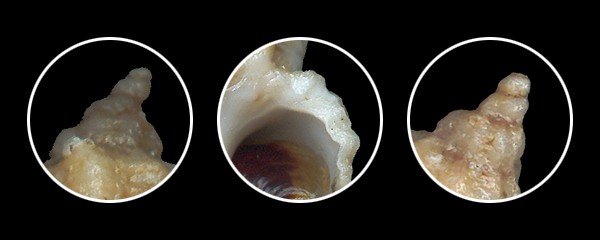On flank of sea-wall, 50cm upon low tide level, in crevice.
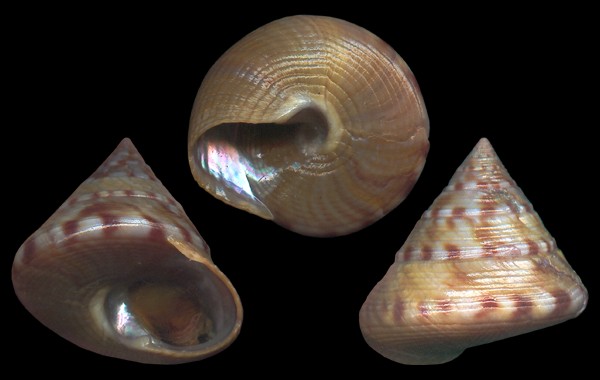
22mm. The crevices that meander under the causeway,the caries excavated
by the sea in the stone-work, offer excellent shelters to various Gastropods.
Unfortunately, a shell collector has not the right equipment to penetrate so far within the wall:
we lack tentacles. Many shells that live here show traces of scars; fallen stones, crabs?
by the sea in the stone-work, offer excellent shelters to various Gastropods.
Unfortunately, a shell collector has not the right equipment to penetrate so far within the wall:
we lack tentacles. Many shells that live here show traces of scars; fallen stones, crabs?
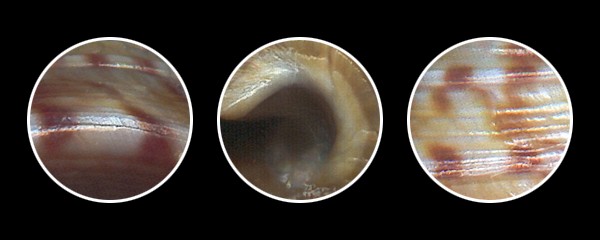
T. testa imperforata conica livia lævi, anfractibus subcarinatis.
Habitat in M. Mediterraneo & Europæo.
Testa, exuta tunica extima, plumbea evadit.
Turriti umbilico exserto, qui positi cadunt in latus.
(Linnæus, Systema Naturæ X, Vermes, Testacea, Trochus, n.520 p.759).
Habitat in M. Mediterraneo & Europæo.
Testa, exuta tunica extima, plumbea evadit.
Turriti umbilico exserto, qui positi cadunt in latus.
(Linnæus, Systema Naturæ X, Vermes, Testacea, Trochus, n.520 p.759).
